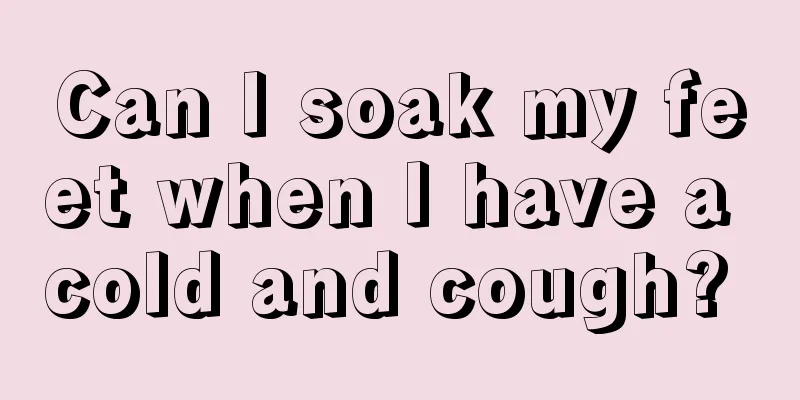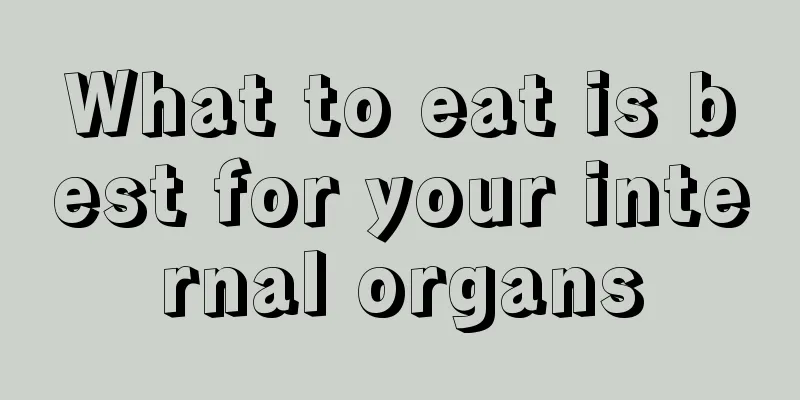Diffuse abnormal echo of thyroid gland

|
The thyroid gland can be said to be the most important gland in the body's endocrine system. The thyroid gland controls hormones and metabolism in the body. If you have a thyroid disease, your body's metabolism will be disrupted. Diffuse echo of the thyroid gland is a condition often encountered during thyroid ultrasound examination. What does it mean if the diffuse echo of the thyroid gland is abnormal? Let’s take a look below. Thyroid ultrasound examination is a commonly used method for health examination and disease diagnosis, but the report contains hidden secrets. It is common to see patients holding a thyroid ultrasound examination report that states "thyroid echo is uneven and presents diffuse lesions" and asking their doctors with a worried face whether this is cancer. The description of "diffuse lesions" appears in the thyroid ultrasound examination reports provided by many hospitals. This is usually not thyroid cancer, but most likely Hashimoto's thyroiditis (also known as chronic lymphocytic thyroiditis). Hashimoto's thyroiditis is a common autoimmune disease that occurs more frequently in middle-aged women. The basic pathological changes of the thyroid gland are the infiltration of a large number of lymphocytes and the existence of a chronic, autoimmune inflammatory process. During an ultrasound examination, the thyroid gland lost its normal image. This image change can manifest as changes in the shape and size of the thyroid gland, showing diffuse enlargement with clear boundaries, or as thickening of light spots, uneven echoes, and disordered echo structures. Sometimes some tiny nodular changes can be found in the thyroid gland. These so-called nodules can be single or multiple and are usually only a few millimeters in size. Ultrasound findings may vary at different stages of the disease. These changes can exist individually or simultaneously. It can occur locally in the thyroid gland or throughout the entire thyroid gland, resulting in the so-called "diffuse thyroid disease". When patients receive an ultrasound report like the one mentioned above, there is no need to panic. The first thing they should do is to test their blood for thyroid hormones and antibodies. Since Hashimoto's thyroiditis is very common in clinical practice, if laboratory tests reveal a significantly increased level of thyroid peroxidase antibodies and thyroglobulin antibodies, regardless of whether there are changes in hormone levels associated with hypothyroidism, it can be indicated that the patient has Hashimoto's thyroiditis. If the patient also has other autoimmune diseases such as rheumatoid arthritis and type 1 diabetes, the diagnosis of Hashimoto's thyroiditis is more supportive. However, if the ultrasound report describes the presence of nodules in the thyroid gland with irregular shapes, unclear boundaries, uneven internal echoes, calcification, and enlarged cervical lymph nodes, further examination should be performed. At this point, regardless of whether the nodules are single or multiple, thyroid cancer needs to be ruled out. In fact, Hashimoto's thyroiditis combined with thyroid cancer, especially microcancer, is not uncommon in clinical practice. Surveillance data reported from the United States show that the incidence of thyroid cancer increased by 2 times from 2001 to 2013, and many patients have coexisting Hashimoto's thyroiditis and thyroid cancer. It is worth noting that a significantly increased level of serum thyroid peroxidase antibodies and thyroglobulin antibodies is a sign of autoimmune dysfunction of the thyroid gland, not a sign of thyroid cancer. The serum tumor marker (CEA) is negative in the vast majority of thyroid cancer patients, and thyroid cancer patients are unlikely to experience symptoms such as weight loss and pain. Therefore, if thyroid cancer is suspected, further examinations should be conducted, including thyroid radioactive iodine scanning, CT, MRI and other imaging examinations, as well as thyroid fine needle aspiration cytology, among which fine needle aspiration cytology is the most accurate assessment. In short, the so-called "diffuse lesions" in the ultrasound report are usually not thyroid cancer, but how to interpret it correctly still requires the doctor's advice. |
<<: Diffuse echogenic changes in the thyroid gland
>>: Can I take medicine with honey water?
Recommend
Treatment of complications of liver cancer
Complications of liver cancer are treated as foll...
Why does my left butt hurt?
Of course, we should pay attention to the causes ...
How long does it take for shingles blisters to disappear
Shingles is a skin disease that is very common in...
How long can one live with advanced colorectal cancer
How long can you live with advanced colorectal ca...
What organ is on the left side of the belly button
The belly button is the mark left by the shorteni...
What are the complications after renal cancer metastasis?
Kidney cancer is a common disease among the elder...
Is it possible to detoxify without treating eczema?
Some people believe that eczema is caused by an o...
What is the reason for coughing and yellow phlegm in the throat?
My throat is uncomfortable and I always want to c...
Introduction to several common misunderstandings in the treatment of esophageal cancer
Esophageal cancer is a tumor disease that serious...
Dry throat and blood in spit in the morning
If your throat is dry and you spit blood in the m...
What are the effects and functions of sour jujube sprouts? Is it nutritionally valuable?
The nutritional value of sour jujube sprouts is v...
How to prove that enzymes are proteins
Enzyme is a special substance that transforms sub...
Open tuberculosis isolation measures
Open pulmonary tuberculosis refers to patients in...
What are the clinical symptoms of kidney cancer
In recent years, kidney cancer has become one of ...
If you want to stay away from stomach cancer, do this check before the age of 40
Gastric cancer is a malignant tumor that occurs i...









